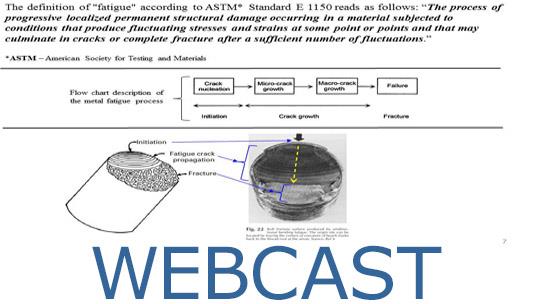Fundamentals of Aircraft Engine Control
The fundamental control problem for turbomachinery based aircraft engines is to provide the right amount of fuel needed for the engine to produce a desired power (or thrust), based on the pilot's power request through a throttle (or a power lever), and maintain the engine power at the desired level in the presence of air flow disturbance and changes in flight conditions. In-flight engine thrust measurements are not possible. So some other measurable parameters which are good indicators of thrust, such as engine shaft rotational speed (N) or engine pressure ratio (EPR) are regulated by the engine control. An aircraft engine is designed to operate in a wide operating envelope in terms of altitude and speed variations. To a control engineer, these challenges are represented on a fuel flow (Wf) versus engine shaft speed (N) graph, or a fuel ratio unit (Wf/P3, where P3 is the compressor exit static pressure) versus speed graph. The control design challenge is then to be able to transition from one operating point to another while staying within the safe operational limits represented by the max. and min. fuel flow limits as well as the structural limits of the various engine components. The max. flow limit prevents the engine from over-temperature while the min. flow limit prevents the engine from flame-out. Other operational safety limits that are important are surge/stall avoidance and maximum shaft rotational speed. This lecture will cover the basic principles behind modeling the engine system for control design and how the various safety and operational limits are implemented in the engine control to provide safe and reliable operation over the flight envelope.








